The banjo, with its distinctive twang and intricate finger-picking techniques, is a musical instrument that can express a wide range of emotions. One of the most profound ways it’s been used is to convey sentiment through sad banjo songs. These pieces often resonate deeply, traversing realms of heartbreak, loss, and introspection, their melancholic notes creating a poignant narrative that touches the soul. This document aims to delve into some of these hauntingly beautiful compositions and the stories they tell.
Definition of genre and its characteristics
The genre of sad banjo songs, also known as melancholic banjo tunes, typically falls under the broader umbrella of folk, bluegrass, or country music. These heartfelt compositions place a significant emphasis on lamentation and storytelling, captivating listeners with their poignant narratives. The defining characteristic of these songs is the masterful use of the banjo as it weaves a soul-stirring melody, often accompanied by mournful, introspective lyrics that delve deep into themes of sorrow, hardship, and the harsh realities of life.
It is within the realm of these sad banjo songs that the beauty of human emotion finds solace, as the bittersweet harmonies and heartfelt lyrics weave a tapestry of shared experiences. Through the haunting melodies and intricate fingerwork, listeners are transported to a world where pain and longing are expressed in the most genuine and vulnerable ways, creating an indelible connection between the music and the souls that embrace it.[1]
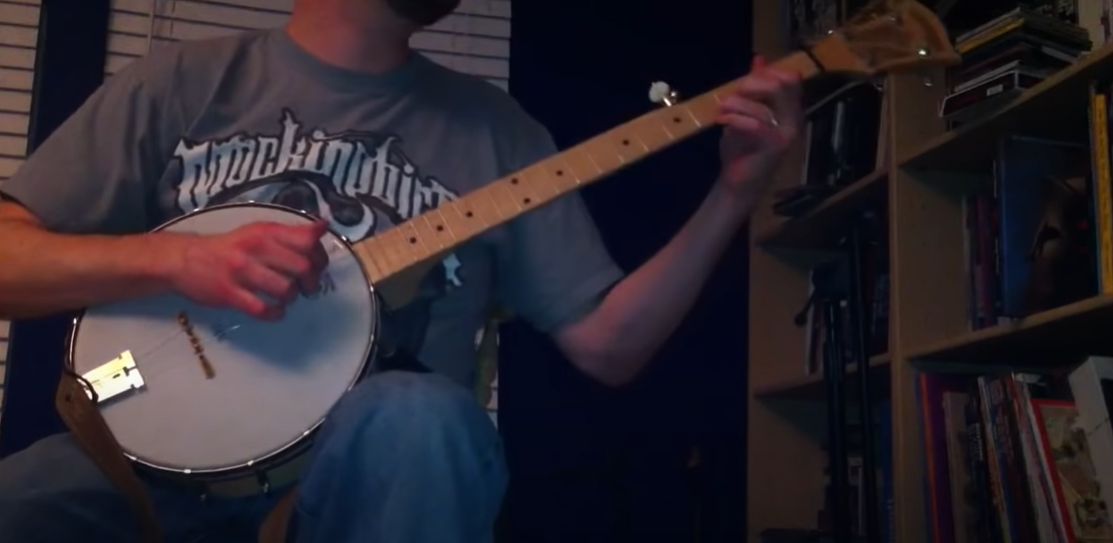
History of banjo in music
The banjo, with its rich and complex history, can be traced back to West Africa, where similar stringed instruments were used in traditional music and cultural practices. Brought to America by enslaved people, the banjo not only survived but thrived, serving as a symbol of African-American resistance and resilience in the face of hardship. Its unique and distinctive twang quickly permeated the South, becoming an integral part of folk and blues music, captivating listeners with its soulful melodies.
In the 20th Century, the banjo experienced a resurgence in popularity within the bluegrass and country genres, thanks in part to pioneering musicians like Earl Scruggs and Ralph Stanley. These talented artists revolutionized banjo playing techniques, showcasing the instrument’s versatility and creating a harmonious blend of rhythm and melody that resonated with audiences far and wide.
During this time, the banjo also became associated with melancholic tunes, known as sad banjo songs. These heartfelt compositions reflected the struggles and challenges of the era, mirroring the soulful cry of the people and providing an emotional outlet through music. The banjo’s evocative sound became a powerful tool for expressing a wide range of themes and emotions, making it an indelible part of songs across various genres.
Today, the banjo continues to captivate and inspire musicians and listeners alike. Its evocative sound can be heard in a diverse range of musical styles, from traditional folk and bluegrass to contemporary genres like indie and alternative. With its roots firmly planted in history, the banjo stands as a testament to the enduring power of music to tell stories, evoke emotions, and connect people across time and cultures.[1]
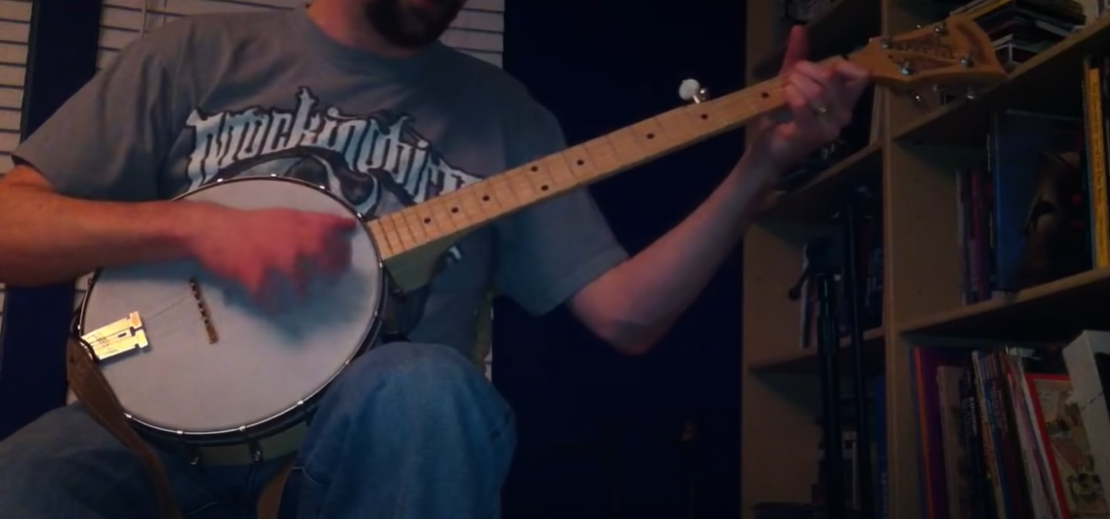
Emotional aspects of banjo music
Banjo music, especially when it comes to sad banjo songs, is widely recognized for its ability to evoke profound emotional depth. The unique tonal characteristics of this instrument allow it to convey a wide range of emotions, including sorrow, longing, and melancholy, in a way that deeply resonates with listeners.
Furthermore, the lyrics of banjo songs, often somber and contemplative, serve to amplify these already intense emotions. Through heartfelt narratives of love lost, hardships endured, and the transient nature of life, banjo music explores the depths of the human condition. By stripping away the layers of complexity found in everyday life, banjo music provides a poignant glimpse into the struggles and triumphs that define our shared human experience.
In this way, banjo music, and especially sad banjo songs, possess a unique and profound ability to connect with listeners on a deeply emotional level. It has the power to evoke a range of feelings, from sorrow and longing to a deeper understanding and empathy for the struggles of others. Through its intricate melodies, heartfelt lyrics, and raw simplicity, banjo music invites us to reflect, feel, and connect with the profound emotions that make us human.[2]
Popular sad banjo songs
There are countless banjo songs that have resonated with listeners through their melancholic undertones and captivating storytelling. One such example is “Cry Love” by Bela Fleck, a masterpiece that combines intricate banjo picking with haunting lyrics, creating a timeless classic in the realm of sad banjo songs. Another notable mention is “I’ll Fly Away,” a traditional gospel hymn that has been covered by numerous artists, including Alison Krauss and Gillian Welch. This song not only showcases the banjo prominently but also delivers a poignant message of hope amidst sorrow.
Furthermore, “Hard Time Killing Floor Blues” by Chris Thomas King expertly utilizes the banjo to convey a deep sense of despair and struggle. The raw emotions expressed through the banjo’s sound make this song a profound and moving experience.
Moreover, “Shady Grove” by Doc Watson, a traditional folk song, possesses a unique quality that, while not overtly sad, evokes a sense of longing and introspection through its beautiful melody. It is a perfect example of how the banjo can encapsulate complex emotions and tell deeply human stories.
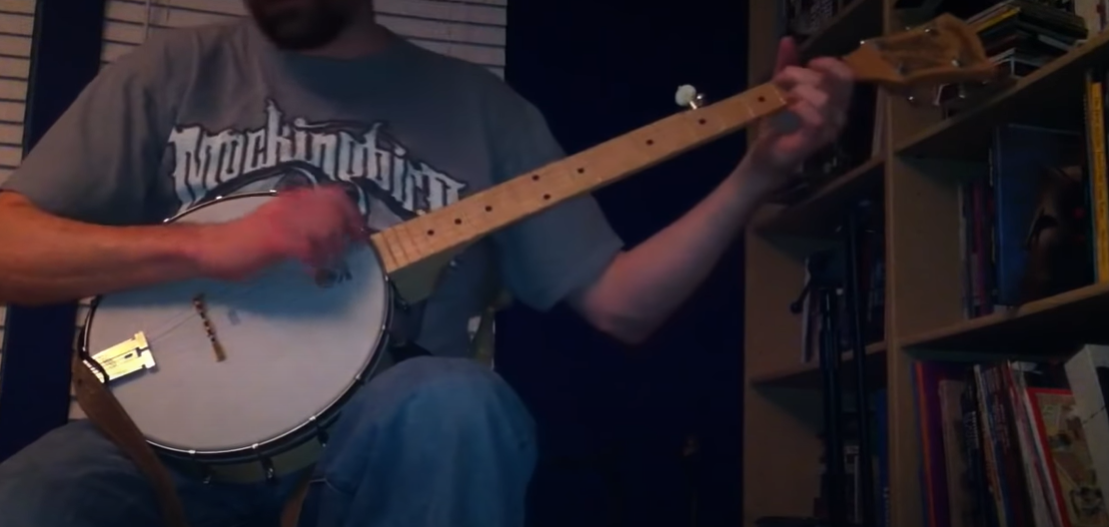
These banjo songs exemplify the instrument’s ability to evoke a wide range of emotions, from sadness and despair to hope and reflection. With their intricate melodies and soul-stirring lyrics, they have left an indelible mark on the hearts of listeners, making the banjo a truly remarkable and expressive musical instrument.[2]
Cultural and societal influences on the creation of sad banjo songs
Culture and societal experiences have a profound influence on the creation of sad banjo songs. Rooted deeply in American southern culture, these songs often reflect the hardships born out of societal issues, such as poverty, racial tension, migration, and the changing rural landscape. These themes echoed the experiences of many during the 19th and 20th centuries, shaping a unique and distinctive style of music that resonated with a broad audience.
The banjo, originating from African traditional music, was initially associated with the enslaved African-American population in the South. Its music naturally came to reflect the struggles and resistance of this group, transcending into a universal symbol of endurance in the face of adversity. As the instrument gained popularity, it evolved to encapsulate the wider experiences of the American people, particularly within the rural and working-class communities.
The influence of the Great Depression, World War II, and the Civil Rights Movement can be heard in many sad banjo songs from the mid-20th century. The songs from this era often spoke to the resilience of people during tough times, providing a source of comfort and kinship.
In modern times, the influence of societal changes continues to shape the genre. With the rise of globalization and the digital age, themes of loss, change, and nostalgia have become more prevalent, echoing the global sentiment towards an increasingly fast-paced and interconnected world. Thus, through every strum and pluck, sad banjo songs are a testament to the power of music to reflect and respond to the cultural and societal influences of the time.[1]
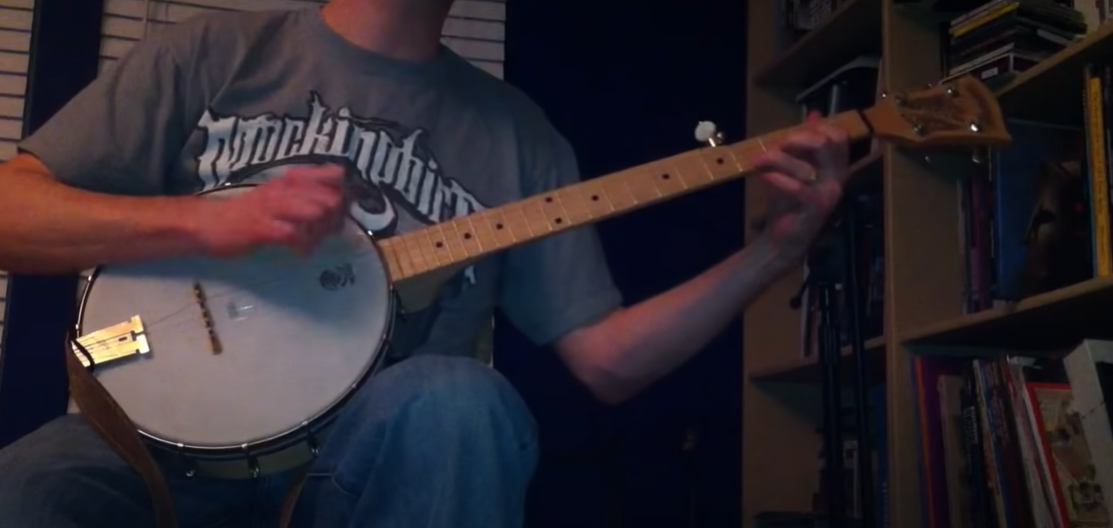
FAQ
Can you play sad music on a banjo?
Certainly, the Banjo’s unique tonal qualities, characterized by its distinctive twang and earthy resonance, make it an ideal instrument for conveying a wide range of emotions, including deep sadness and melancholy. The combination of its bright, plucky sound and the ability to employ various picking techniques allows musicians to explore the vast emotional landscape and create profoundly emotive and moving compositions.
Moreover, the banjo’s versatility extends beyond its sound. Its historical associations with resilience and struggle add an extra layer of depth to its expressive capabilities. The instrument’s roots in folk and traditional music traditions evoke a sense of nostalgia and connect with the human experience of hardship and sorrow. It serves as a poignant vehicle for capturing and articulating the profound depths of human emotions.
As we delve into the realm of sad banjo songs, we witness the instrument’s remarkable ability to channel raw emotions into stirring melodies that resonate deeply with listeners. The banjo’s unique timbre and expressive potential lend themselves to heartfelt compositions that leave a lasting impact and evoke a profound sense of empathy. It is a testament to the instrument’s power that it can not only play sad music but also imbue it with a profound sense of beauty and meaning.
In conclusion, the banjo’s rich tonal qualities, its historical significance, and its ability to evoke a wide range of emotions make it a truly remarkable instrument for expressing sorrow and melancholy. Through its poignant melodies and resonant sound, the banjo transcends its perceived limitations and showcases its capacity to create music that is both deeply moving and impactful.
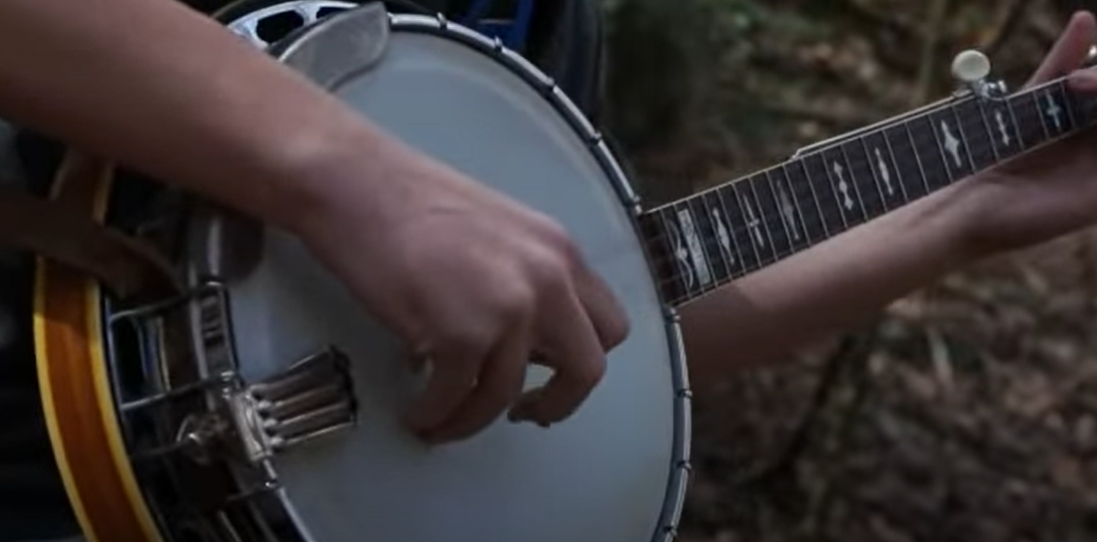
What is the banjo song called?
The term “banjo song” is a broad categorization encompassing a wide range of musical compositions where the banjo plays a prominent role. These captivating melodies traverse various genres, including folk, bluegrass, country, rock, and more, showcasing the versatility of this beloved instrument. Each banjo song possesses its own unique characteristics, varying in mood, theme, and lyrical content.
Within the scope of this document, we have delved into a specific subcategory of banjo songs renowned for their melancholic tones, often referred to as “sad banjo songs.” These heartfelt compositions eloquently capture the essence of sorrow, struggle, and introspection through the evocative sound of the banjo. Notable examples of these poignant melodies include Bela Fleck’s timeless masterpiece “Cry Love,” the soul-stirring rendition of “I’ll Fly Away” performed by various artists, Chris Thomas King’s haunting “Hard Time Killing Floor Blues,” and Doc Watson’s enchanting interpretation of “Shady Grove.”
By utilizing the distinctive timbre of the banjo, these songs immerse listeners in a profound emotional journey, eliciting a deep sense of empathy and introspection. Each note plucked resonates with the weight of human experience, creating a tapestry of sound that speaks to the universal themes of longing, resilience, and the complexities of the human condition.
How to write a banjo song?
Writing a banjo song is a process that combines creativity with musical knowledge. Here are some steps to guide you:
- Understand the basics of banjo playing: Familiarize yourself with the banjo’s unique characteristics, including its five-string setup and specific tuning. Learn various picking techniques such as clawhammer and Scruggs style, which are traditional to banjo music.
- Choose a theme or emotion for your song: This could be anything from love and joy to sorrow and introspection. The emotional connection a song creates often becomes its soul, making it resonate with its listeners.
- Create the melody: Begin by experimenting with different chords and note progressions. You may choose to play a repetitive pattern or vary it throughout the song.
- Write the lyrics: The lyrics should align with the theme or emotion of your song. They should tell a story or convey a message that complements the banjo melody. Remember, the most poignant songs often come from personal experiences or sincere feelings.
- Combine the lyrics and melody: Once you have a melody and lyrics, start combining them. Pay attention to how the words fit with the melody; they should flow naturally together.
- Revise and refine: Finally, play your song several times, making adjustments as needed. You might want to experiment with tempo, add a bridge or chorus, or tweak the lyrics for better flow or impact.
Remember, songwriting is a personal and creative journey. There is no definitive right or wrong method, and what works best often depends on the individual songwriter’s style and preference. Above all, enjoy the process of creating something uniquely yours.
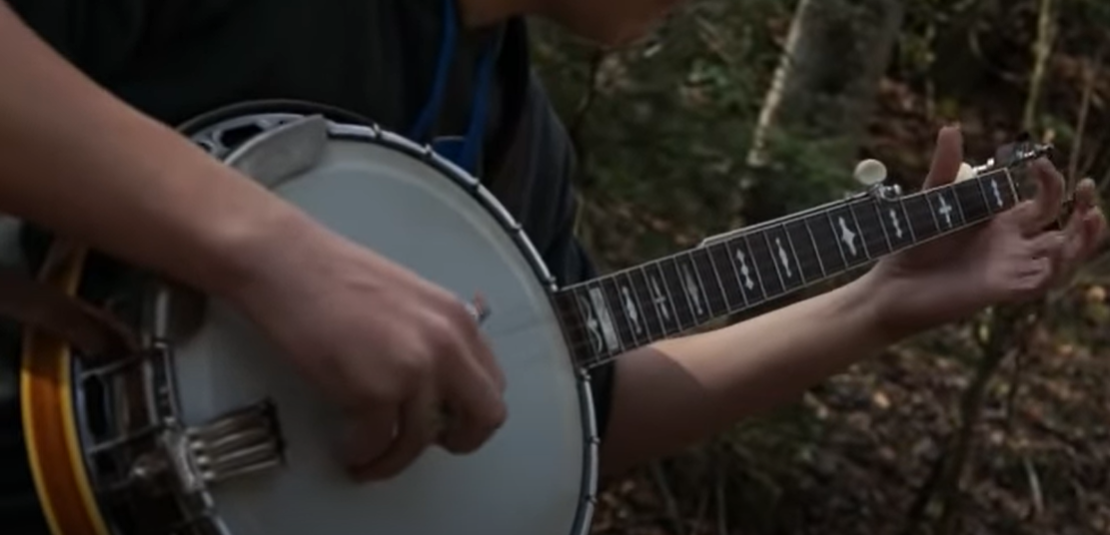
What genre of music has banjos?
Banjos are incredibly versatile instruments that have made their mark across a wide array of music genres. With its distinctive sound deeply rooted in folk and bluegrass music, the banjo is known for its ability to create a fast-paced, rhythmic drive that gets audiences tapping their feet. But the banjo’s influence doesn’t stop there. It has also found its place in country music, where its twangy tones contribute to the genre’s characteristic nostalgic and emotive vibe.
In addition to its traditional genres, the banjo has experienced a surge in popularity in recent years, transcending boundaries and making its way into unexpected musical territories. Rock and pop musicians have embraced the banjo, infusing their songs with its unique timbre and adding a fresh dimension to their sound. Bands like Mumford & Sons and the Avett Brothers have skillfully incorporated the banjo into their music, demonstrating its versatility and ability to captivate audiences across different genres.
Even jazz musicians have discovered the banjo’s potential, harnessing its bright, resonant tone to create a delightful contrast and add a touch of whimsy to their compositions. The banjo’s presence in jazz showcases its ability to adapt and collaborate with other instruments, creating a harmonious blend that elevates the overall musical experience.
In conclusion, the banjo’s impact on music is far-reaching, extending beyond its traditional folk and bluegrass origins. Its versatility, unique sound, and ability to transcend genre boundaries have solidified its place in the music world as a beloved and influential instrument.
Is it easy to learn banjo?
Learning to play the banjo, like any instrument, requires dedication and practice. The perceived difficulty can vary based on several factors, including musical background, rhythm sense, and commitment to regular practice. The banjo, with its distinct five-string setup, does have a learning curve but it’s widely considered to be one of the easier string instruments to start with.
One of the reasons why the banjo is often seen as beginner-friendly is its basic picking techniques that can be learned relatively quickly. With consistent practice, beginners can often play simple songs within a few weeks. The joy of strumming those first few chords on the banjo can be incredibly rewarding and motivating.
Moreover, aspiring banjo players have access to a wealth of resources that can aid in their learning journey. Online tutorials, instructional books, and community music groups provide valuable guidance and support. Engaging with fellow banjo enthusiasts can foster a sense of community and inspire players to push their boundaries.
However, it’s worth noting that while starting on the banjo may be easy, mastering the instrument requires ongoing effort and dedication. As players progress, they can explore more complex techniques, learn different styles, and expand their repertoire. The journey of mastering the banjo is one that is filled with continuous growth and exploration.
In conclusion, while the banjo might present initial challenges, with patience and practice, it’s an instrument that can bring endless joy and fulfillment. The banjo’s distinctive sound and its ability to captivate listeners make it a wonderful instrument to learn and play. Whether strumming in solitude or jamming with fellow musicians, the banjo provides a unique musical experience that can be cherished for a lifetime.
Is banjo folk or pop?
The banjo is a remarkably versatile instrument that has seamlessly integrated itself into various musical genres, including folk and pop, among others. With deep roots in folk music, particularly in the subgenres of country, bluegrass, and Americana, the banjo has played an integral role in shaping the rhythmic drive and distinctive twang that define the sound of folk music for centuries.
In recent years, the banjo has also ventured into the realm of pop music, marking a significant expansion of its influence. Notably, bands like Mumford & Sons have masterfully blended folk and rock elements, employing the banjo as a central component of their sound. This innovative approach has introduced the banjo to a broader audience, transcending the traditional boundaries of genre and captivating listeners with its unique timbre and character.
Beyond Mumford & Sons, other pop artists have likewise recognized the banjo’s potential to infuse their music with a distinct flavor and foster creative innovation within the genre. By incorporating the banjo into their compositions, these artists push the boundaries of pop music and create a sonic landscape that is both fresh and captivating.
Thus, it is evident that the banjo defies categorization within a single genre, embodying a remarkable versatility and broad appeal in the music world. The genre in which the banjo is played often hinges on the creative choices of the musicians and the specific sonic landscape they seek to achieve, underscoring the instrument’s remarkable adaptability and capacity to transcend musical boundaries.
Useful Video: Riley Baugus – Undone in Sorrow – Midwest Banjo Camp 2014
Conclusion
The banjo, with its profoundly versatile and expressive nature, has the remarkable ability to evoke a wide spectrum of emotions and themes. From soul-stirring melodies to foot-tapping rhythms, this instrument’s distinctive twang, rhythmic cadence, and vibrant resonance have effortlessly permeated a vast array of musical genres. While deeply rooted in folk and bluegrass traditions, the banjo’s unique sound has also found innovative applications in the realms of pop and rock, adding a touch of whimsical charm to contemporary compositions.
Crafting a banjo song is an art that amalgamates creativity, musical knowledge, and a profound understanding of the instrument’s distinct qualities. It is a journey of exploration, where the songwriter delves into the banjo’s expressive potential, discovering new melodic paths and rhythmic intricacies along the way. This creative process, though occasionally challenging, is immensely fulfilling, as it allows the composer to weave a tapestry of emotions and stories through the banjo’s enchanting timbre.
Whether you are a listener captivated by the poignant soundscapes of the banjo or an aspiring musician yearning to master its strings, the world of banjo music presents an expansive and gratifying experience. Immerse yourself in the rich tapestry of banjo melodies, and discover the enchantment that lies within this timeless instrument.
References:
- https://en.wikipedia.org/wiki/Banjo_music
- https://wynk.in/music/song/wandering-sad-banjo/bl_8052469617185_ITU7S2100011

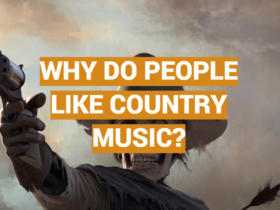


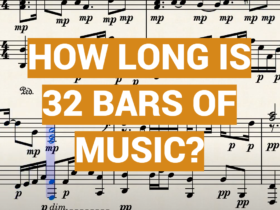

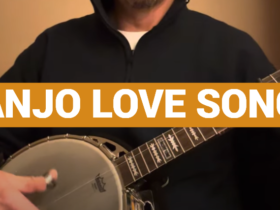

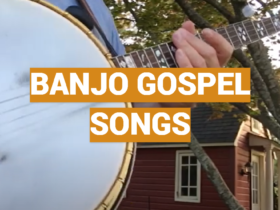
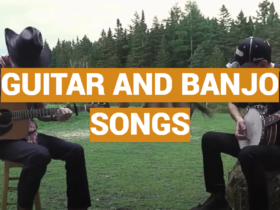
Leave a Reply